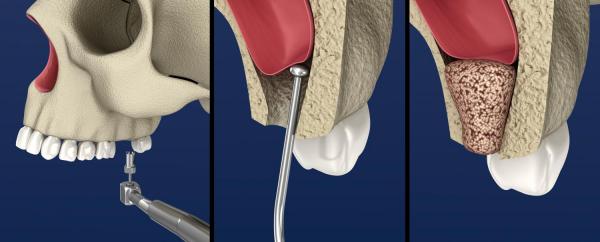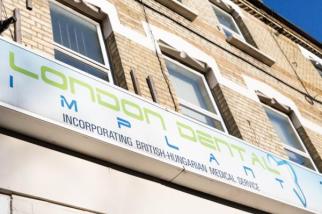
What Is Sinus Lift?
A sinus lift is surgery that adds bone to your upper jaw in the area of your molars and premolars. It's sometimes called a sinus augmentation. The bone is added between your jaw and the maxillary sinuses, which are on either side of your nose. To make room for the artificial bone, the sinus membrane has to be moved upward, or "lifted." A sinus lift usually is done by specialists who are referred to as oral and maxillofacial surgeons.
What It's Used For?
A sinus lift is done when there is not enough bone in the upper jaw, or the sinuses are too close to the jaw, for teeth implants to be placed.
There are several reasons for this:
- Many people who have lost teeth in their upper jaw — particularly the back teeth, or molars — do not have enough bone for implants to be placed. Because of the anatomy of the skull, the back of the upper jaw has less bone than the lower jaw.
- Bone may have been lost because of periodontal (gum) disease.
- Tooth loss may have led to a loss of bone as well. Once teeth are gone, bone begins to be resorbed (absorbed back into the body). If teeth have been missing for a long time, there often is not enough bone left to place implants.
- The maxillary sinus may be too close to the upper jaw for implants to be placed. The shape and the size of this sinus varies from person to person. The sinus also can get larger as you age.
Sinus lifts have become common during the last 15 years as more people get dental implants to replace missing teeth.
Preparation:
In most cases the bone used in a sinus lift is artificial bone. In some very rare and extreme cases the bone may have to be taken from your own body, this bone may be taken from other areas of your mouth or body (such as the hip).
You will need X-rays taken before your sinus lift so the dentist can study the anatomy of your jaw and sinus. You also may need a special type of computed tomography (CT) scan. This scan will allow the dentist to accurately measure the height and width of your existing bone and to evaluate the health of your sinus.
How it's done?
Your surgeon will cut the gum tissue where your back teeth used to be. The tissue is raised, exposing the bone. A small, oval window is opened in the bone. The membrane lining the sinus on the other side of the window separates your sinus from your jaw. This membrane is gently pushed up and away from your jaw.
Granules of artificial bone-graft material are then packed into the space where the sinus was. The amount of bone used will vary, but usually several millimetres of bone is added above the jaw. Once the bone is in place, the tissue is stitched closed.
In most cases the implatns can be palced at the same time but in rare cases patients may need to wait 9 months before implantation. This allows time for the grafted material to mesh with your bone. The amount of time depends on the graft material that was used.
Follow up
After the procedure, you may have some swelling of the area. You may bleed from your mouth or nose. Do not blow your nose or sneeze forcefully. Either one could cause the bone-graft material to move, and loosen the stitches.
Your dentist may give you saline sprays to keep the inner lining of your nose wet. If you have seasonal allergies, you should schedule the procedure when they are not active.
You also will be given pain medicine, an antibiotic and an antimicrobial mouthwash to help prevent infection. Most patients have only a little discomfort after a sinus-lift procedure.
You will see the dentist again after 7 to 10 days. He or she will evaluate the surgical site and remove the stitches.
After a sinus lift, you need to wait nine months for the bone material to harden and integrate into your jawbone. Depending on the grafting material used, implants may be placed at the same time as the sinus lift augmentation, if the bone is very weak, then a healing period of up to nine months may be required before implantation can take place.
Risks
The main risk of a sinus lift is that the sinus membrane could be punctured or torn. If the membrane is torn during the procedure, the surgeon will either stitch the sinus tear or place a patch over it. If the repair is not successful, your surgeon may stop the procedure and give the hole time to heal. This is very rare and has not happened in our surgery. The surgeon can then redo the sinus lift once the membrane has healed. This usually takes a few months. A healed membrane tends to be thicker and stronger, which means a second attempt at a sinus lift is likely to be successful. However, other factors also affect success.
Infection is a risk of any surgical procedure. However, this rarely occurs after sinus lifts.
On rare occasions, the existing bone does not integrate with the bone grafting material, and the grafted area does not develop a blood supply. If this happens, any implants placed in this area will fail because there is no live bone for them to attach to. If this happens, you can have the sinus lift procedure repeated.
Advantages
Anyone who suffers from the loss of molars or pre molars as well as those suffering from anatomical structure that doesn't provide enough bone for dental implants will need a sinus lift.


